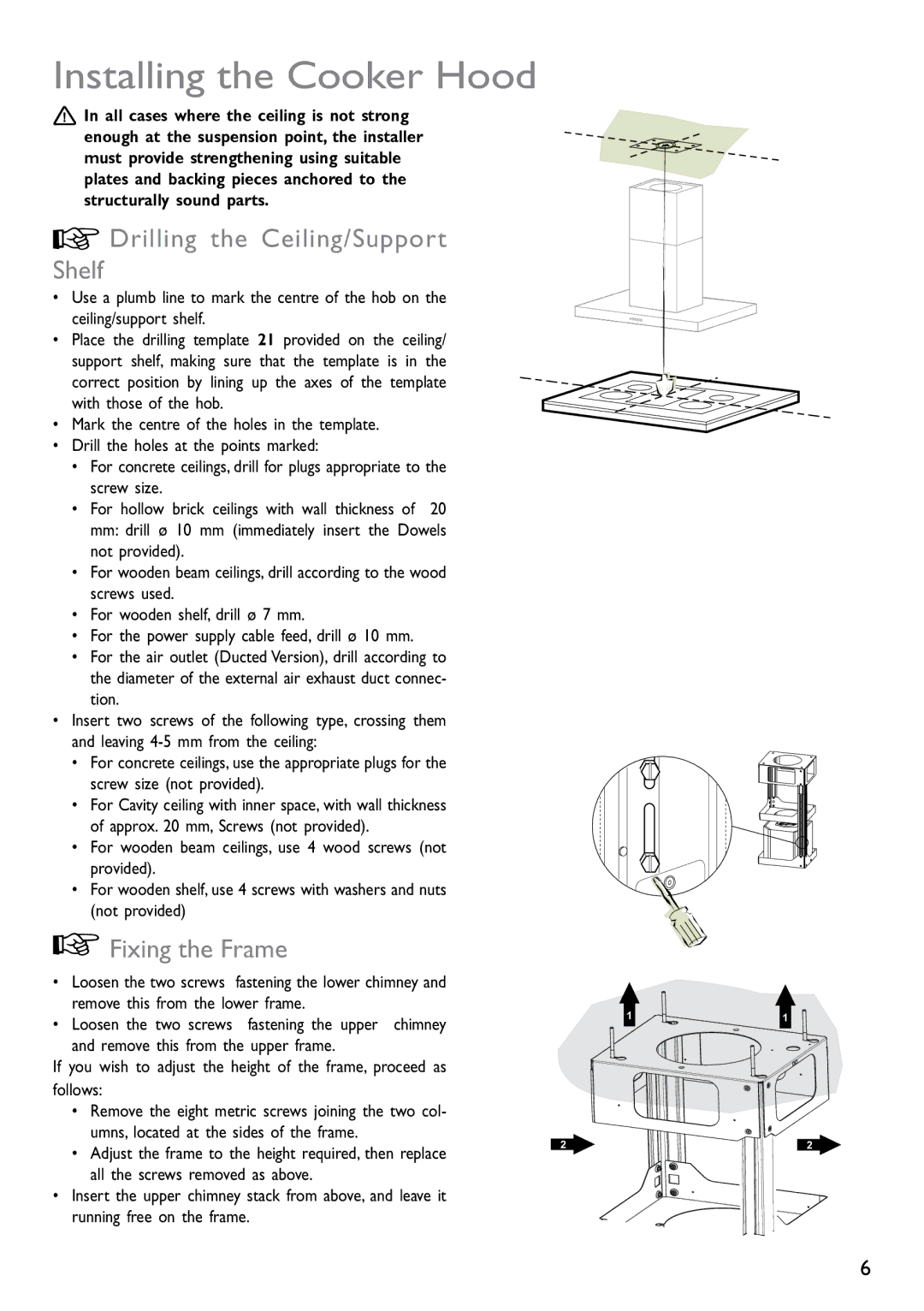JLBIHD906 specifications
The Electrolux JLBIHD906 is an innovative built-in induction hob that combines cutting-edge technology with stylish design, making it a perfect addition to any modern kitchen. This appliance offers seamless cooking experiences, providing precision, efficiency, and ease of use.One of the standout features of the JLBIHD906 is its advanced induction technology, which uses electromagnetic energy to heat pots and pans directly, rather than warming the surface of the hob itself. This method not only results in faster cooking times but also keeps the surrounding area cooler, reducing the risk of burns and making it easier to clean.
The hob features five cooking zones, allowing multiple dishes to be prepared simultaneously. Each zone is equipped with a powerful induction element that can quickly respond to changes in temperature settings, offering immediate and precise control over the cooking process. This flexibility is ideal for anyone who enjoys experimenting with different recipes or cooking styles.
Another key characteristic of the JLBIHD906 is its intuitive touch controls, which are designed to simplify the cooking experience. Users can easily adjust settings with a simple tap, and the clear display allows for easy monitoring of cooking times and temperatures. The hob also integrates a timer function, which can be set for each cooking zone, ensuring perfectly cooked meals without the worry of overcooking.
Safety is a top priority with the Electrolux JLBIHD906. The hob includes features like residual heat indicators, which signal when the cooking zones are still hot, and a child lock function that helps prevent accidental activation. Additionally, the automatic shut-off feature enhances safety by turning off the hob after a period of inactivity.
For those who appreciate efficiency, the JLBIHD906 also boasts an energy-efficient design that helps to minimize energy consumption while still delivering high performance. This makes it an environmentally friendly choice for the eco-conscious consumer.
With its sleek, minimalist design, the Electrolux JLBIHD906 not only performs exceptionally but also complements the aesthetic of any kitchen decor. Its stylish appearance, combined with its advanced functionalities, makes it an ideal choice for home chefs looking to elevate their cooking experience, turning daily meal preparation into a simple yet enjoyable task.

